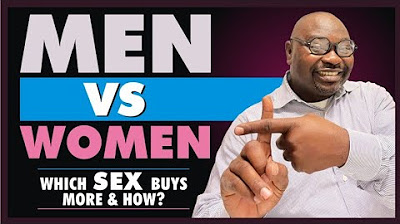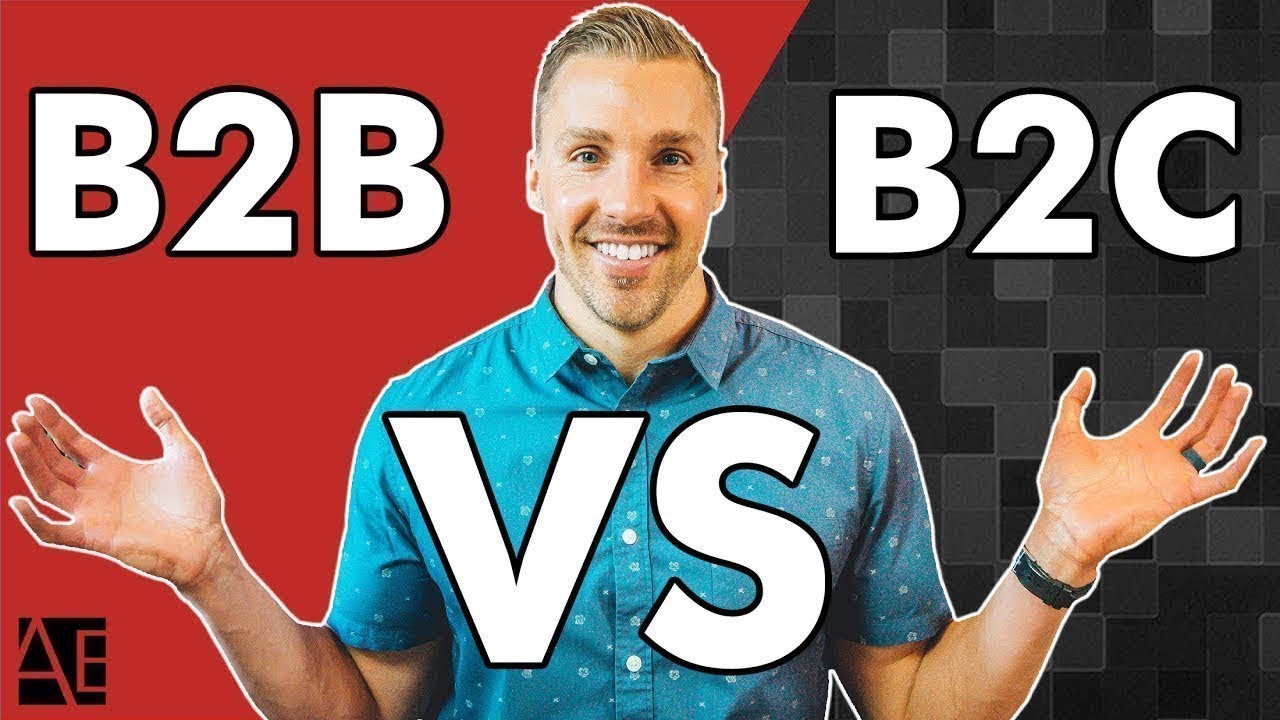7 Effective Marketing Strategies for 2024 (TIPS, TRICKS & TACTICS)
Summary
TLDRIn this insightful marketing guide, Adam reveals seven lesser-discussed yet powerful strategies to enhance marketing effectiveness. He emphasizes the importance of volume and consistency, introducing the 'marketing sweet spot' concept and the 'rule of seven' for customer engagement. Adam also discusses the psychological 'mere exposure effect,' advocating for strategic and frequent brand presence to build trust. He advises going deep with a specific target audience rather than broad, using the 'Ideal Customer Avatar' (ICA) approach to understand and connect with customers' 'miracles and miseries.' Lastly, he stresses the significance of focusing on benefits over features to emotionally resonate with customers, suggesting a flexible marketing approach that alternates between emotional and logical appeals.
Takeaways
- 🔑 The core issue with ineffective marketing often lies in insufficient marketing efforts rather than quality.
- 📈 Success in marketing is not about quick fixes but understanding the underlying principles and strategies.
- 📊 The 'Marketing Sweet Spot' is a critical concept where businesses need to push through the minimum effective dose to see significant results.
- 📉 The 'Minimum Effective Dose' (MED) is the threshold that must be exceeded to make an impact with marketing efforts.
- 🎯 The 'Marketing Rule of Seven' suggests that customers typically require seven touchpoints before making a purchase decision.
- 🤔 The 'Mere Exposure Effect' indicates that familiarity breeds trust, which is why consistent brand exposure is crucial.
- 💌 Email marketing is emphasized as a vital tool, suggesting that businesses should be sending more emails than commonly recommended.
- 🎯 Targeting a specific audience ('going deep') is more effective than casting a wide net; businesses should aim for quality over quantity.
- 🧑🤝🧑 The 'Ideal Customer Avatar' (ICA) is a concept that helps businesses understand and connect with their most profitable customer segments.
- 🛍️ Understanding a customer's 'Miracles and Miseries' is key to positioning a business as the solution to their problems.
- 🔄 The importance of alternating between highlighting benefits and features in marketing to appeal to both emotional and logical decision-making.
Q & A
What are the seven marketing secrets that Adam wants to share in the video?
-The script does not explicitly list all seven marketing secrets, but it discusses the importance of volume in marketing, the concept of the marketing sweet spot, the marketing rule of seven, the mere exposure effect, focusing on a specific target market rather than going broad, and the significance of understanding the ICA (Ideal Customer Avatar).
Why might someone's marketing not be working as well as they want?
-According to Adam, 90% of the time, it's because they're not doing enough marketing. It's a matter of volume and quantity, not just quality.
What is the 'marketing sweet spot' Adam mentions?
-The 'marketing sweet spot' refers to the optimal level of marketing efforts where saturation of the market occurs, and the audience is effectively reached with enough touchpoints and engagements.
What does Adam suggest is the typical mistake people make when their marketing doesn't get traction?
-People often make one post on social media or a single ad and expect immediate results. When it doesn't work, they switch platforms instead of understanding that marketing requires time, energy, and consistent effort.
What is the 'marketing rule of seven' and why is it important?
-The 'marketing rule of seven' suggests that a customer needs around seven touchpoints or interactions with a brand before making a purchase decision. It's important because it emphasizes the need for consistent and repeated engagement with the audience.
What is the 'mere exposure effect' and how does it relate to marketing?
-The 'mere exposure effect' is a psychological phenomenon where people tend to develop a preference for things they are frequently exposed to. In marketing, this means that the more a brand appears in front of potential customers, the more they are likely to trust and like the brand.
Why is it not effective to target 'everyone' as your market?
-Targeting 'everyone' leads to a watered-down and bland message that doesn't resonate with any specific group. It's more effective to target a specific ICA (Ideal Customer Avatar) to create a deeper connection and a more impactful message.
What is an ICA and why is it crucial for effective marketing?
-An ICA, or Ideal Customer Avatar, is a detailed profile of your ideal customer, including demographic, geographic, and psychographic details. It's crucial for creating targeted marketing messages that resonate with the specific audience you want to attract.
What are 'miracles and miseries' in the context of creating an ICA?
-'Miracles' refer to the desired end states or aspirations of your customers, while 'miseries' refer to their fears, problems, and pains. Understanding these helps in positioning your business as a solution that can move customers from their current state of misery to their desired miracles.
What is the difference between selling 'features' and 'benefits' in marketing?
-Features are the attributes or characteristics of a product or service, while benefits are the positive impacts or advantages those features provide to the customer. Marketing should focus on selling benefits because they are emotionally driven and more compelling to potential customers.
Why might a marketing strategy that initially focuses on benefits later switch to focusing on features?
-If a marketing strategy that leads with benefits doesn't convert customers, it might switch to leading with features to appeal to those who are more logically driven. This approach ensures that the marketing covers both emotional and logical aspects to appeal to a broader range of customers.
Outlines

This section is available to paid users only. Please upgrade to access this part.
Upgrade NowMindmap

This section is available to paid users only. Please upgrade to access this part.
Upgrade NowKeywords

This section is available to paid users only. Please upgrade to access this part.
Upgrade NowHighlights

This section is available to paid users only. Please upgrade to access this part.
Upgrade NowTranscripts

This section is available to paid users only. Please upgrade to access this part.
Upgrade NowBrowse More Related Video

Digital Marketing 101 (A Beginner’s Guide To Marketing)

Sociological Model of Consumer Behavior to Convert More Customers: Men vs Women

Full Social Media Marketing Strategy In 8 Minutes | GaryVee Q&A Session

B2B vs B2C Marketing (What Are The Differences?)

7 Tool Dahsyat Untuk Jadi Affiliate Marketer Sukses

8 B2B Marketing Strategies That Got My Startup to $10 Million (and 1 that FAILED)
5.0 / 5 (0 votes)